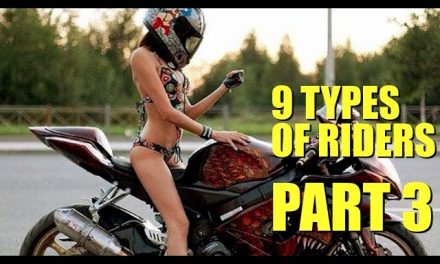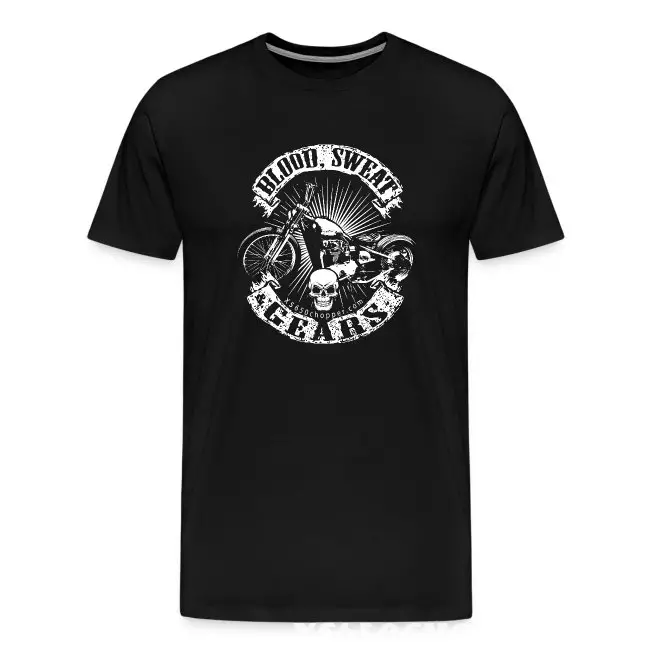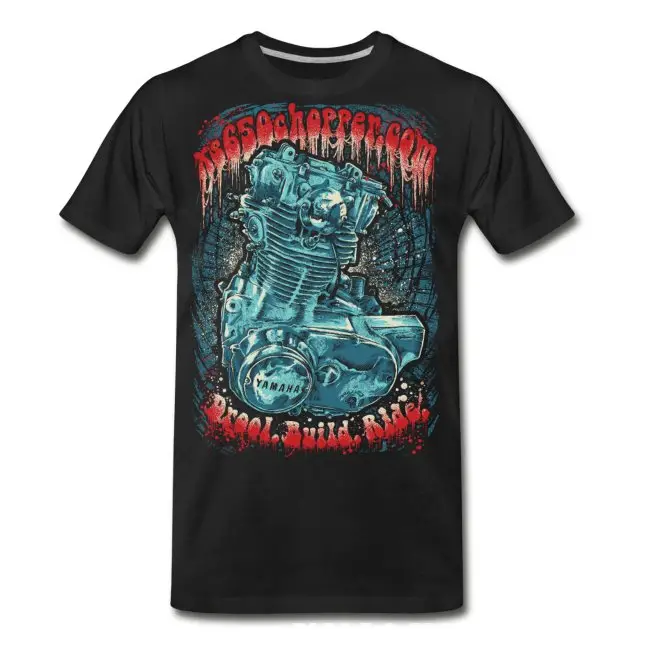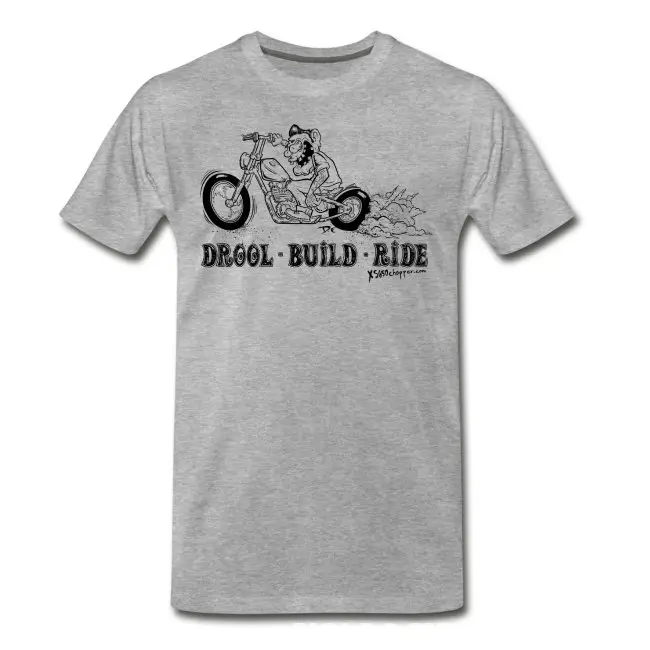If you’re considering learning to ride a motorcycle, there are a few things you should know before you start. While riding can be an exhilarating experience, it’s important to be aware of the risks involved and to take steps to minimize them. Here are five things you wish you knew before starting to ride a motorcycle.
1. Progressive Skill Building
Learning to ride a motorcycle is an ongoing process. It’s important to start with the basics and gradually build your skills over time. Here are a few tips for progressive skill building:
- Start Slow: When you first start riding, take it slow. Spend time practicing in a parking lot or on quiet streets before you venture out onto busy roads. Gradually increase your speed and distance as you become more comfortable.
- Practice Basic Skills: Before you start practicing more advanced skills, make sure you have a solid foundation of basic skills. This includes things like shifting gears, braking, and turning. Spend time practicing these skills regularly to build muscle memory.
- Take a Course: Consider taking a motorcycle safety course. These courses will teach you the fundamentals of riding and provide you with the opportunity to practice in a controlled environment. They can also help you earn your motorcycle license.
- Ride with Others: Riding with others can help you build your skills and confidence. Consider joining a motorcycle club or group to meet other riders and learn from their experiences.
- Set Goals: Set goals for yourself and work towards achieving them. This could be something as simple as riding a certain distance or mastering a specific skill. Celebrate your achievements along the way to stay motivated.
2. True Cost of Ownership
When it comes to owning a motorcycle, it’s important to understand the true cost of ownership. Here are some expenses to keep in mind:
- Purchase price: The cost of a motorcycle can vary greatly depending on the make and model. Beginner motorcycles can cost anywhere from $5,000 to $10,000, while high-end bikes can cost upwards of $20,000 or more. Consider your budget and what you’ll be using the motorcycle for before making a purchase.
- Insurance: Motorcycle insurance can be more expensive than car insurance due to the higher risk of accidents. Make sure to shop around for the best rates and coverage options.
- Maintenance: Regular maintenance is crucial to keep your motorcycle running smoothly. This includes oil changes, tire replacements, and brake inspections. The cost of maintenance can add up over time, so make sure to budget accordingly.
- Gear: Proper gear is essential for safety while riding. This includes a helmet, jacket, gloves, and boots. Quality gear can be expensive, but it’s worth the investment to protect yourself.
- Training: If you’re new to riding, it’s important to take a motorcycle safety course. These courses can cost anywhere from $200 to $500, but they can help you become a safer and more confident rider.
3. Mental and Emotional Benefits
Riding a motorcycle can have positive effects on your mental and emotional well-being. Here are a few ways that riding can benefit you:
Stress Relief
Riding a motorcycle can be a great way to relieve stress. The feeling of the wind in your face and the freedom of the open road can help you forget about the stresses of everyday life. According to a study, riding a motorcycle can decrease hormonal biomarkers of stress by 28%.
Increased Focus
Riding a motorcycle requires a high level of focus and concentration. This can help you stay present in the moment and improve your overall focus and attention. According to a study, sensory focus was enhanced while riding a motorcycle versus driving a car, an effect also observed in meditation.
Improved Mood
Riding a motorcycle can be a great way to improve your mood. The feeling of freedom and adventure can help boost your mood and leave you feeling happier and more content. According to a study, riding a motorcycle for 20 minutes increased participants’ heart rates by 11 percent and adrenaline levels by 27 percent—similar to light exercise.
Sense of Community
Riding a motorcycle can also provide a sense of community. There are many motorcycle clubs and groups that you can join, which can help you connect with like-minded individuals and share your passion for riding. This can help improve your social life and provide a sense of belonging.
Self-Confidence
Riding a motorcycle can also help improve your self-confidence. The feeling of mastering a new skill and the sense of accomplishment that comes with it can help boost your self-esteem. Additionally, the feeling of independence and self-reliance that comes with riding can also help improve your confidence.
4. Learning Opportunities from the Motorcycle Community
One of the best things about joining the motorcycle community is the endless learning opportunities available. Whether you’re a beginner or an experienced rider, there is always something new to learn. Here are some ways you can take advantage of the knowledge and experience of other riders:
Attend Motorcycle Events
Motorcycle events, such as rallies, shows, and charity rides, are great opportunities to meet other riders and learn from their experiences. You can talk to other riders about their bikes, gear, and riding techniques, and you might even pick up some tips on how to improve your own riding.
Join a Riding Group
Joining a riding group is another great way to learn from other riders. You can ride with more experienced riders who can show you new routes and teach you new skills. Plus, riding with a group can be a lot of fun and can help you build lasting friendships with other riders.
Take a Motorcycle Safety Course
Taking a motorcycle safety course is one of the best ways to improve your riding skills and learn from experienced instructors. These courses cover everything from basic riding techniques to advanced maneuvers and can help you become a safer and more confident rider.
Read Motorcycle Magazines and Websites
There are many great motorcycle magazines and websites that provide valuable information for riders of all levels. These resources cover everything from new bikes and gear to riding techniques and safety tips. Reading these publications can help you stay up-to-date on the latest trends and developments in the motorcycle world.
Participate in Online Forums and Communities
Online forums and communities are another great way to connect with other riders and learn from their experiences. You can ask questions, share your own knowledge, and get advice from other riders who have been in your shoes before. Just be sure to take everything you read with a grain of salt and do your own research before making any major decisions.
5. Significance of Personal Riding Style
When it comes to riding a motorcycle, your personal riding style is significant. Your riding style is influenced by your personality, experience, and skills. It affects how you ride, the type of motorcycle you choose, and the gear you wear. Here are some things to consider when it comes to your personal riding style:
1. Comfort
Your comfort on the motorcycle is essential. You should choose a motorcycle that fits your body type and riding style. If you are a tall person, you should choose a motorcycle with a higher seat height. If you are a shorter person, you should choose a motorcycle with a lower seat height. Wearing comfortable and protective gear is also important. Make sure your gear fits you well and is appropriate for the weather conditions.
2. Skill Level
Your skill level is an important factor when it comes to your personal riding style. If you are a beginner, you should start with a smaller and less powerful motorcycle. As you gain more experience and confidence, you can move up to a larger and more powerful motorcycle. It is also important to practice your riding skills regularly and take a motorcycle safety course.
3. Riding Environment
Your riding environment is another factor that affects your personal riding style. If you live in an urban area, you may need a motorcycle that is nimble and easy to maneuver in traffic. If you live in a rural area, you may need a motorcycle that is more comfortable for long-distance rides. You should also consider the weather conditions in your area and choose gear that is appropriate for the climate.
4. Riding Purpose
Your riding purpose is another factor that affects your personal riding style. If you are a commuter, you may need a motorcycle that is fuel-efficient and comfortable for daily rides. If you are a weekend rider, you may need a motorcycle that is more powerful and suitable for longer rides. If you are a sport rider, you may need a motorcycle that is designed for high-speed performance.
5. Personal Preferences
Your personal preferences are also important when it comes to your personal riding style. You should choose a motorcycle that you enjoy riding and that reflects your personality. You should also choose gear that you like and that makes you feel confident and comfortable on the motorcycle. Remember, riding a motorcycle should be fun and enjoyable, so choose a style that suits you.








